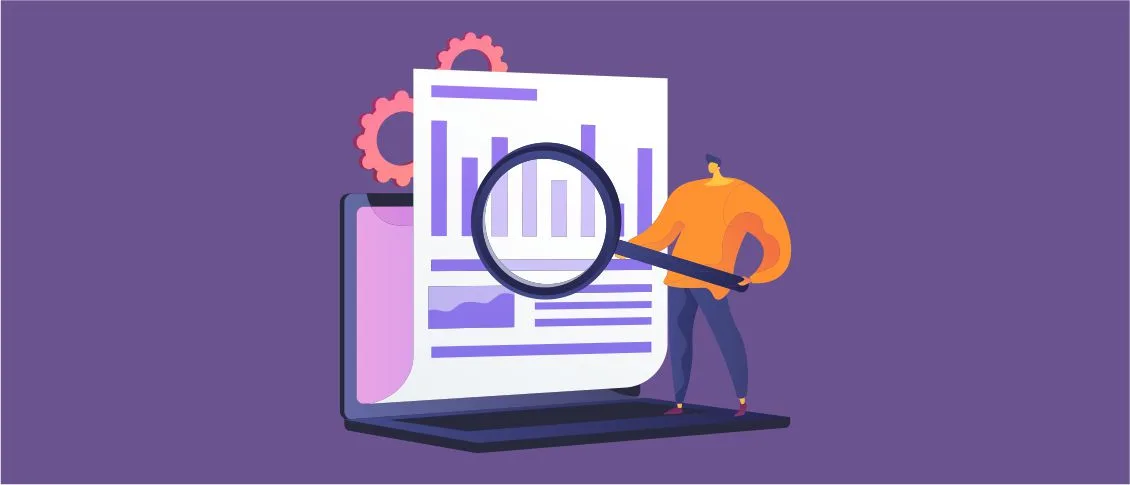- Overview
- Different Types of Data Migration
- Cloud and Database Migration
- Data Center and Storage Migration
- Application and Business Process Migration
- Decoding the Data Trio: Migration, Conversion, and Integration
- Planning Your Data Migration Journey: Step-by-Step Guide
- Define Your Goals
- Choose Your Migration Strategy
- Data Assessment and Preparation
- Testing and Validation
- Start Migrating
- Procedure for Data Migration
- Difficulties with Data Migration
- Data Migration Tools
- Tips for Perfect Data Migration
Overview
Data migration is the process of transferring data from one system to another. This can involve moving data between different storage locations, formats, or application data migration.
Different Types of Data Migration
Within the context of information management, data migration plays a crucial role in the transfer of information between systems. There are different scenarios that need to be considered, each with its own unique data migration approach to guarantee a seamless and successful transition. Here, we present a comprehensive overview of various data migration strategies.
Cloud and Database Migration
These migration solutions provide a smooth transition for enterprises looking to move to a data migration management system or make a system change. The process of migrating to the cloud enables the streamlined transfer of applications and data, whereas database migration guarantees an uninterrupted transition of structured data across various database systems.
Data Center and Storage Migration
Data center and storage migrations provide solid solutions for businesses going through major infrastructure upgrades. The difficult task of moving a company’s whole IT infrastructure — including servers, data, and apps — to a new data place is known as data center migration. In contrast, storage migration focuses on effective data transfer across platforms or storage devices during upgrades or consolidation projects.
Application and Business Process Migration
The transfer of apps and related operations is covered by these specific migration types. Application migration is the process of moving an application’s data and functionality to a new setting. The adaptation of an organization’s existing business operations to a new software platform is streamlined via business process migration, which guarantees the reliability and efficiency of data migration conversion.
Decoding the Data Trio: Migration, Conversion, and Integration
Three key data migration activities — data migration, data conversion, and data integration—are essential to maintaining the accuracy and usefulness of information in the field of data management. All three need the transfer and manipulation of data, but they have different goals and must be implemented strategically to be effective.
- Data Migration. Data migration from old system to new one is the secure transfer of data across systems. It is often done as part of mergers and acquisitions, cloud adoption programs, and system upgrades. The primary focus is on data migration, with correctness and completeness being maintained throughout the transfer process.
- Data Conversion. Compatibility is a problem that data conversion attempts to solve. Data conversion concentrates on converting data between different formats to provide a smooth integration with the intended system. To make the data more usable in the new context, this step could require making modifications to the encoding, character sets, or data structure.
- Data Integration. The concept behind this is to bring information into one cohesive picture. This makes it possible to do in-depth research and reporting, which promotes a thorough comprehension of the data landscape of the company.
It is essential to comprehend these data migration options to create a strategic approach to data management. The first phase is data migration methodology, which moves the information to its new location. Next, data conversion verifies that the data is compatible with the intended system. Last but not least, data integration unleashes the potential of unified data, facilitating thorough analysis and wise decision-making.
Planning Your Data Migration Journey: Step-by-Step Guide
A successful data transfer sets the way for a future powered by data by guaranteeing the ongoing accessibility, integrity, and security of your information. To achieve a seamless transfer and prevent troubles, you must have well-defined data migration plan steps. This is a step-by-step data migration guide to help your big data migration go forward with your confidence.
Define Your Goals
The first step of a data migration plan is to decide where you’re going and what you’re going to need. Decide which particular data sets are necessary for your new system first. Determine the intended result after you are aware of the data that has to be moved. A comprehensive understanding of your data migration objectives and extent provides a foundation for the whole migration procedure.
Choose Your Migration Strategy
You have determined what and where has to be transported. The next step is to plan your transfer. Full migration and phased migration are the two primary migration techniques to take into account. The intricacy of your info, the scope of the transfer, and your level of downtime tolerance will determine which data migration design and strategy is ideal for you.
Data Assessment and Preparation
Analysing and cleaning your data is part of the data evaluation and preparation process, which aims to guarantee correctness and consistency in the new system. This may include finding and removing duplicate entries, fixing formatting or value errors, and making sure that data types meet the data migration developer specifications of the destination system.
Testing and Validation
Creating a test environment that closely resembles the target system is the task of this stage. This is where you may move a portion of your data and fully examine its integrity and usefulness. Never undervalue the significance of testing.
Start Migrating
Now that everything has been inspected, prepared, and packed, the big migration is finally here. The data must be transferred to the new system in accordance with your selected data migration patterns. Remember backups, they serve as a safety net, enabling you to go back to the earlier setup if needed. Lastly, when the data has been moved, keep a careful eye on the new system and confirm the accuracy of the data.
Procedure for Data Migration
Data migration, the software and information relocation process, involves careful planning. First, define goals, choose a migration strategy (full or phased), and allocate resources. Then, assess and prepare your data by cleaning, standardizing, and documenting it. Next, extract and transform the data for compatibility with the new system. Once in the new system, load and verify the data to ensure accuracy. Finally, monitor performance, conduct user testing, and refine for optimal use. Following these steps leads to the smooth and successful realization of data migration plans.
Difficulties with Data Migration
Despite being essential to growth, data migration is not without possible difficulties. During your data relocation, you may run across the following typical obstacles:
- Data Security and Compliance. Throughout the relocation process, it is crucial to guarantee the security and privacy of your data. This entails protecting against unwanted access and abiding by applicable data privacy laws. For this, always check the data migration policy.
- Downtime. To prevent interrupting existing activities, it is essential to minimize downtime during the relocation. It might be difficult to strike a balance between ensuring company continuity and a comprehensive move.
- Data Quality and Consistency. Errors and problems in the target system may result from inconsistent or inaccurate data in the source system. Throughout the transfer process, data integrity must be maintained by data cleansing and backup data migration.
- Complexity. It may be difficult to migrate data across different systems that have various forms and architectures. Additional techniques for data mapping and transformation are required to overcome these incompatibilities.
Acknowledging these difficulties and implementing suitable mitigation techniques can help you navigate the data migration phases more confidently and reduce the chance of mistakes or interruptions.
Data Migration Tools
Effective information transfer requires careful preparation in addition to using the appropriate data migration methods. With so many alternatives appearing, the data transfer tool landscape is always changing. Here is a sample of some of the possible solutions:
- cloud migration tools;
- open-source data migration tools;
- third-party data migration tools.
Your budget, technical skill level, and the complexity of your migration will all influence which toolset is best for you. You may equip yourself with the business requirements for data migration to guarantee a successful and seamless data conversion process.
Tips for Perfect Data Migration
Data migration, while essential for modernization and efficiency, can be a daunting task if not approached strategically. Here are some best practices to follow for a successful data migration:
- Communication is Key. Throughout the process, keep all involved parties informed. In order to control expectations, resolve issues, and guarantee a seamless transition, regular communication updates are necessary.
- Document Everything. Provide thorough documentation explaining the customer data migration process, including the data structure, schemas, dependencies, and migration procedures. This material is very helpful for future maintenance and troubleshooting.
- Seek Expert Help. Consider hiring professionals with data migration experience if the transfer is complicated. Their knowledge can guarantee a seamless transfer and reduce any dangers.
You may confidently manage your data extraction and migration journey and fully use your information in its new setting by adhering to these practices and maintaining diligence throughout the process. Never forget that organized and well-executed data migration planning sets the stage for your company’s future to be more data-driven and efficient.














